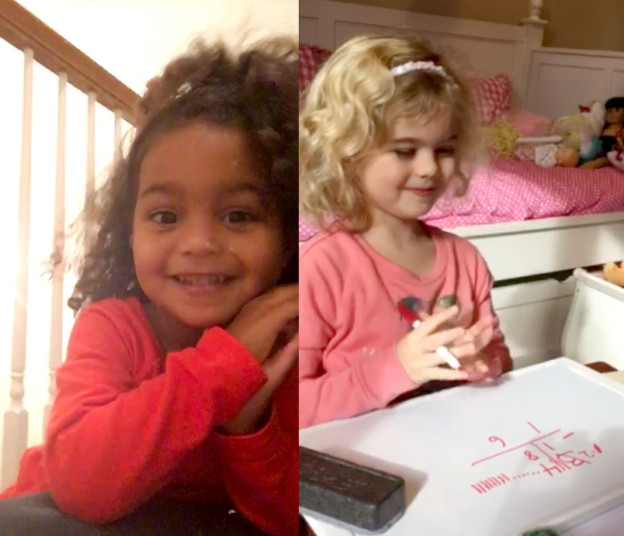 Most parents ask this question of themselves and others. Many struggle with trying to answer it themselves, while others will seek answers from “experts.” The real answer to this question isn’t possible until we have a vision and begin to manage a diverse range of variables, without which we cannot answer the question with any degree of certainty.
Most parents ask this question of themselves and others. Many struggle with trying to answer it themselves, while others will seek answers from “experts.” The real answer to this question isn’t possible until we have a vision and begin to manage a diverse range of variables, without which we cannot answer the question with any degree of certainty.
What is my child’s potential—what can he or she achieve?
Every parent asks this question and those with rather typical kids have a fair and generally narrower range of expectations and possible outcomes and can attempt to factor in a variety of variables that they plan and hope to control. Parents of typical children can be very proactive, have a vision and try to pick the best of available schools and or academic opportunities, stay on top of their children’s progress and development, etc. and limit the involvement of too many people and avoid those who do not share their vision. The stronger the vision and the more proactive the parents, generally the narrower the range of variables and the better the odds that the parents can help their children achieve success. Such parents try to insure that everyone who is involved with their children share their vision. Children with less proactive or involved parents who go through their childhoods and “educations” without a clear vision, direction or someone in control are exposed to a greater diversity of variables and their futures are thus much more in question.
Families with special needs children tend to ask themselves and most anyone else who might venture an opinion the same question, “What is my child’s potential, what can he or she achieve?” Parents of special needs children tend to not trust their instincts and often abdicate the vision to others, often many others. The answer your neighbor on the other side of the fence might provide is unfortunately likely to be no better than that of the “experts.” Why? Because the more issues your child has the greater the “experts” perspectives are to be negatively influenced by the previous achievements or lack of such, of those with similar labels or issues and the immensely diverse range of variables. All of this tends to result in very low conservative visions. So, how do we begin the process of managing the variables? We do it by aiming high, by creating a vision, by being proactive. One huge factor that is under our control is what and how much do we as parents and to what degree we direct, control and create opportunities and to what degree we limit the number of participants who do not share our vision.
If our children’s potentials are left to the blowing winds and increasingly diverse range of variables produced by the ever-increasing numbers of educators, therapists, doctors, etc. who come in contact with our children, each acting on their vision and trying to modifying our vision, we decrease the odds that we can predict or positively impact our children’s futures. The diverse range of variables is just too great.
Having worked with and helped literally tens of thousands of families, I can safely say it’s very difficult for any child, but particularly a special needs child to exceed their parent’s expectations. Parents need a vision—the vision drives the directions, maintains parental control and limits variables. Parents, who do not have a vision or those who except low expectations simply are not as proactive as they need to be and are not taking control over the diverse range of variables. Give me a driven parent who maintains their vision any day.
As parents, as we contemplate the futures of our children we all face a diverse range of variables, but if we create the vision, take control, become empowered and proactive and “yes,” the more we apply the right stuff, the right way the more we begin to control variables and can not only imagine the future, but actually start to create it.
The perception will help drive the reality.
Create the vision and control the variables.
– Bob


 Last night I turned on the TV and there appeared a familiar face.
Last night I turned on the TV and there appeared a familiar face.